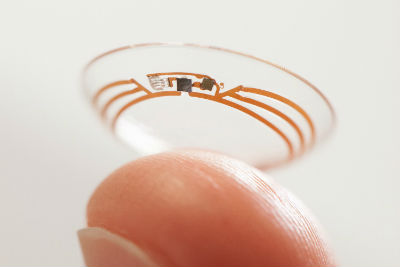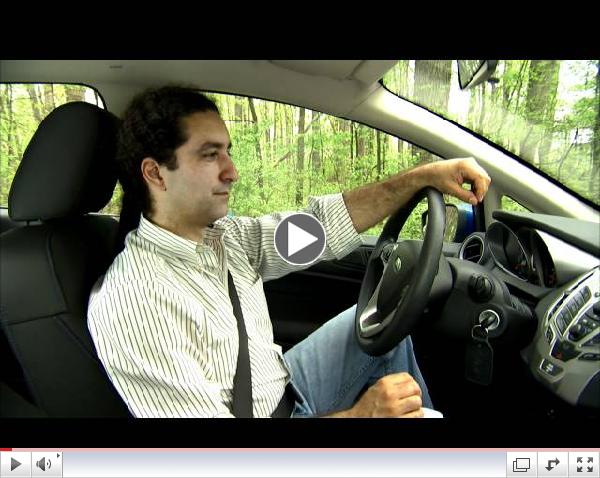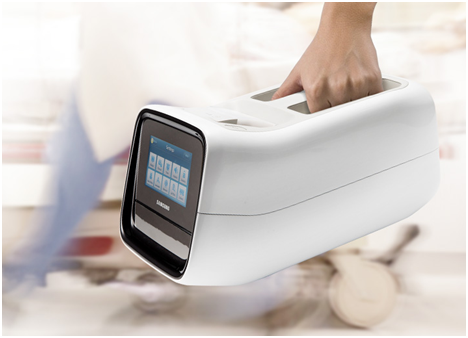|
In the medtech world, the boundaries between the semiconductor and medtech industries have already been blurred with chips, sensors and Micro-Electro-Mechanical Systems (MEMS). Today, the boundaries between high tech and medtech are starting to blur as well. Large high tech companies such as Google, Microsoft are trying to expand into the medtech market and large medtech companies such as Philips Healthcare, Medtronic, Roche are trying to use the expertise of these high tech companies to further innovation in the medical field to improve patient care in both medical devices and eHealth. So who's partnering with whom?
Medical Devices and Diagnostics
1) Philips Healthcare - when Google Glass was introduced to the market, it was a big hit with consumers, who loved being able to see real-time data right in front of their eyes. Google Glass is just the frame work for any type of application. The auto industry adopted Google Glass to enhance one's driving experience and give drivers information from their GPS, road conditions, or dashboard without taking their eyes off the road.
Philips Healthcare decided to use this innovation to give surgeons in the OR critical and real-time information about their patients. During surgery, it is critical that surgeons focus all their attention on the procedure and looking at monitors for patients' vital signs is a distraction. Philips partnered with Google to develop an application for the OR. Click on the video below to see what surgeons experience with this application.
|
| | Google Glass proof of concept - Philips Healthcare |
2) Alcon (Eye Care Unit of Novartis) - has partnered with Google to develop a smart contact lens that monitors glucose levels from one's tears. Joe Jimenez, the chief executive of Novartis, stated that the company tried to develop its own glucose-monitoring contact lenses several years ago, but failed.
"One of the biggest hurdles was miniaturization, and that's one of the biggest benefits that Google X brings," Jimenez said. "This is a set of engineers that are really doing incredible things with technology."
The contact lens uses processing chips and a glucose sensor that have been specifically miniaturized for the task, so much so they look like flakes of glitter. The antenna situated next to the chip and sensor is thinner than a human hair. The sensor detects glucose levels in the wearer's tears, taking readings once per second, and the antenna transmits the data to an external device.
 | Google Contact Lens in collaboration with Alcon.
Source: New York Times
|
3) Medtronic - diabetes is such a hard disease to control that Medtronic decided to partner with Ford Motor Company and devise a way for diabetics to monitor their glucose while they are wearing a Medtronic continuous glucose monitoring device and driving.
There are two diabetes-specific apps:
- The Medtronic Bluetooth-enabled in-dashboard CGM reader.
"Drivers with diabetes who wear a Bluetooth-enabled Medtronic continuous glucose monitoring device could enter a Ford SYNC-equipped vehicle and pair their device - as well as their cellphone - with SYNC, giving them the ability to use voice commands or steering wheel controls to receive audible alerts or center stack displays about deviations and trends related to their blood glucose levels." and
- WellDoc's cellphone-based Diabetes Manager service, which can now be used in your Ford automobile via voice command.
To see a demonstration, click on the video below.
 | | Ford/ WellDoc Diabetes Manager |
4) Thermo Fischer Scientific and Samsung have entered into a partnership where Samsung will supply devices that diagnose acute heart disease, metabolism and inflammatory diseases to Thermo Fisher Scientific, who has the world's largest sales network in the medical equipment sector.
"With over 50 years of experience and massive presence all major countries, Thermo Fisher Scientific will help Samsung in strengthening its medical equipment and diagnostic base across the globe for future expansion," said Mr Cho Soo-in, head of the medical equipment business division at Samsung Electronics.
Samsung recently developed the Labgeo IB10, a portable diagnostic equipment system that performs various tests quickly and accurately in emergency situations and will continue to develop medical instruments and equipment that are safe and convenient for consumers.
 | | Samsung's Labgeo IB10 portable in-vitro diagnostic. |
5) Microsoft recently demonstrated a sneak preview of their HoloLens, which is an augmented-reality headset that allows you to mix the virtual world with the real world. When one wears the headset, the glass screen projects a digital overlay on top of the physical word. The digital overlay can be as simple as a Skype window or as complex as a 3D model of a jet engine. In addition, as you move around a hologram object, it stays in place the same way a physical object would. The HoloLens maps physical space using a scanning technology that is very similar to the one used in Kinect.
I'm sure one of the medical device companies will very quickly partner with Microsoft to develop a 3D hologram of the human body that can be used to diagnose disease, plan surgeries and many more applications.
To see a demonstration, click on the video below.
|
| | Microsoft HoloLens - Transform your world with holograms |
Like this article? Feel free to share with others through the social media links at the top of this newsletter or forward this email with the link at the bottom of this newsletter. Top |